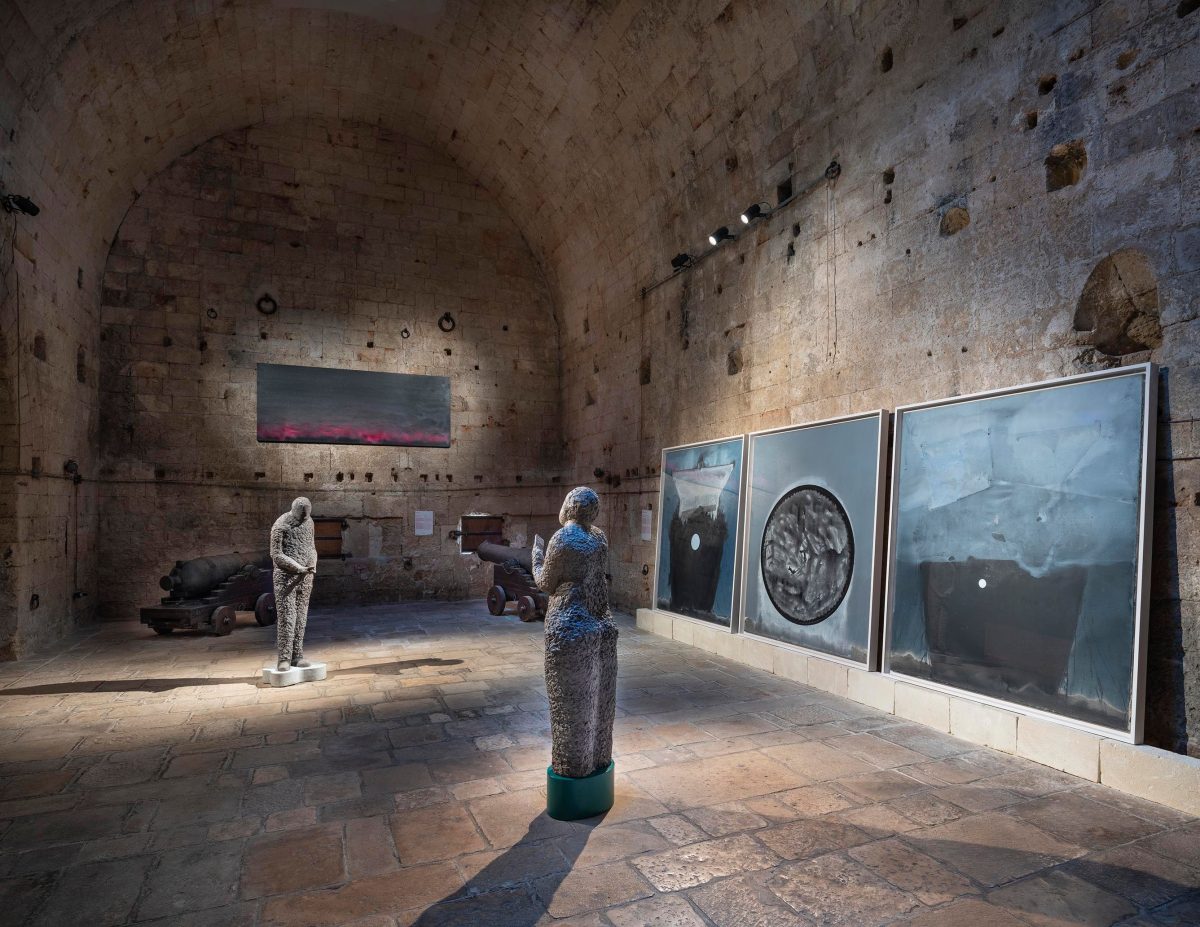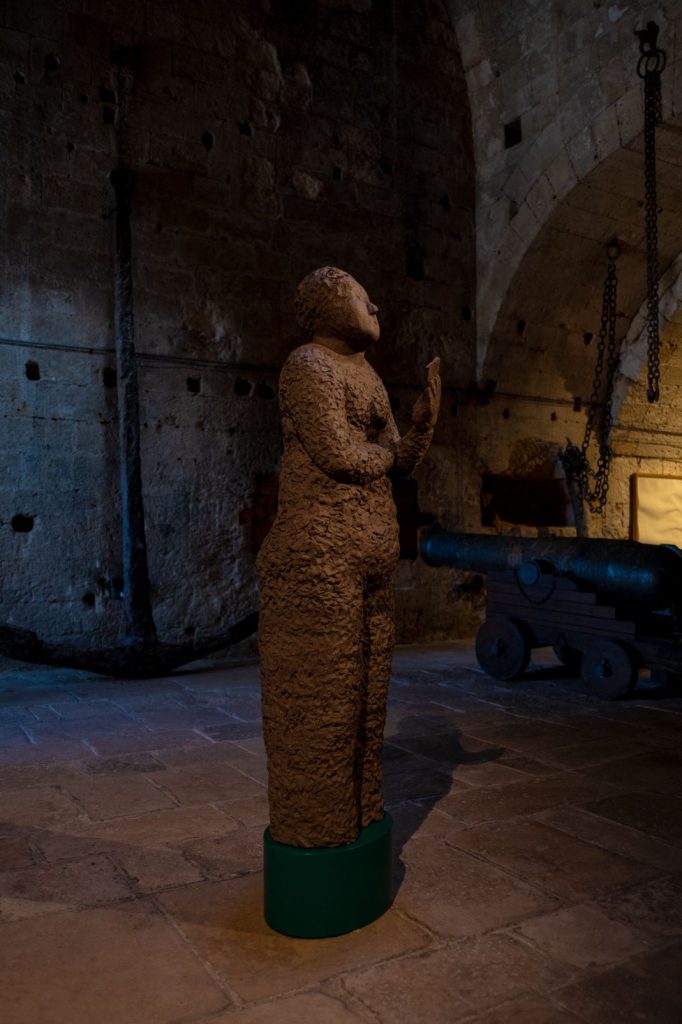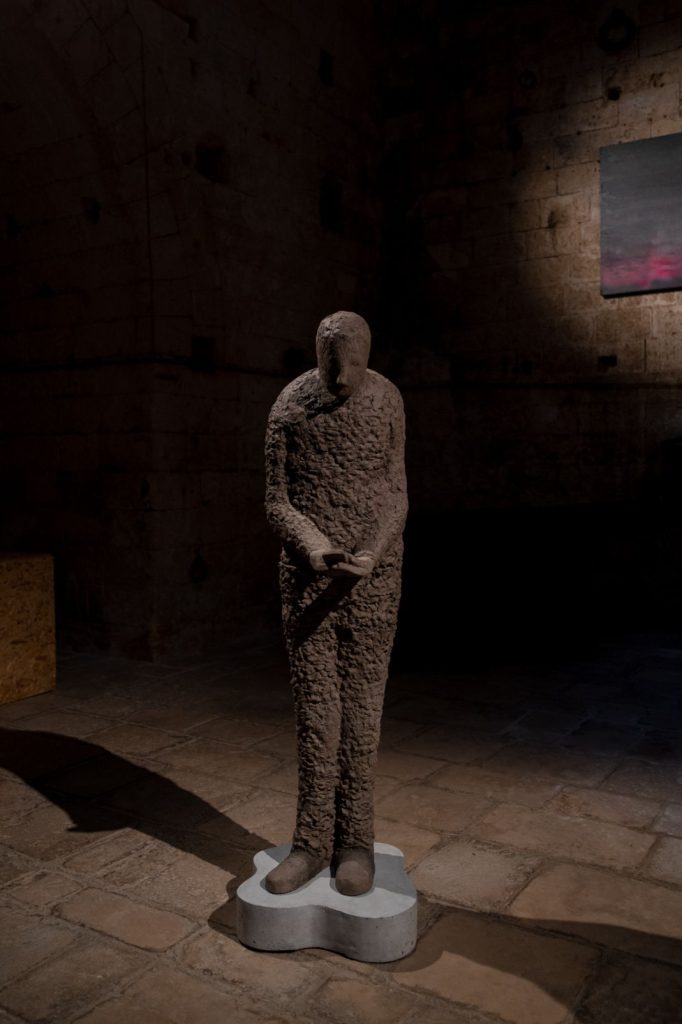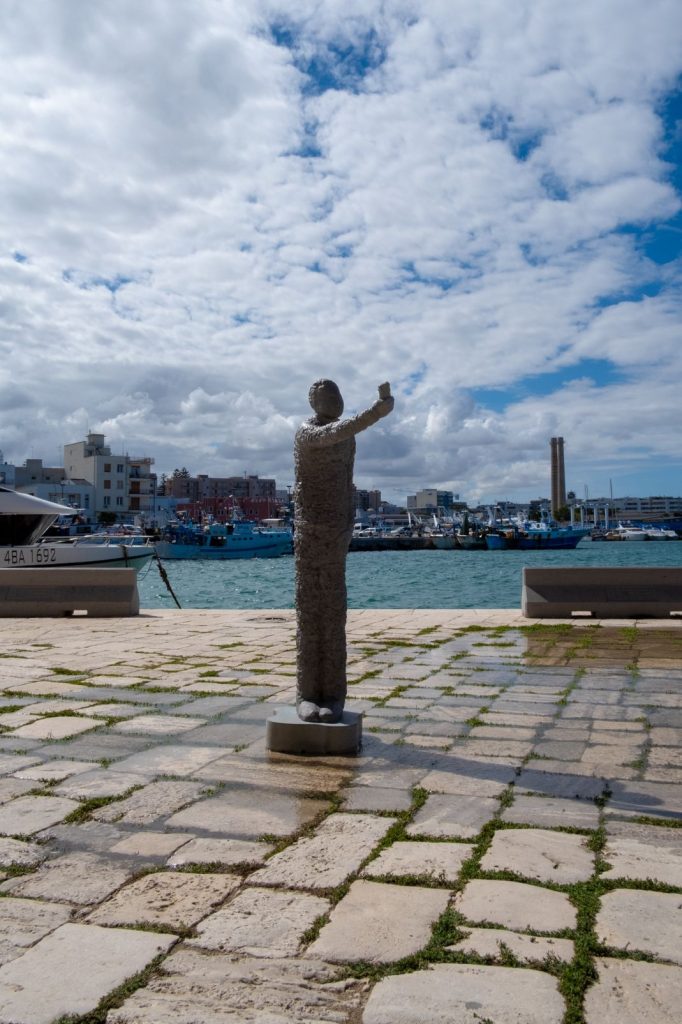
- This event has passed.
12,000 visitors over four days admired the works of 60 artists spread throughout the city in 16 different exhibition venues. The second edition of the widespread exhibition “Panorama” was held in Monopoli (Bari) from Thursday, Sept. 1 to Sunday, Sept. 4, 2022, curated by Vincenzo de Bellis, Curator and Associate Director of Programs, Visual Arts at the Walker Art Center in Minneapolis, recently appointed as Director, Fairs and Exhibition Platforms of Art Basel.
“Panorama”, the special story that ITALICS dedicates periodically to some of the most extraordinary places in the Italian landscape, launched its first edition in 2021 on the wonderful island of Procida, offered a new itinerary of ancient and contemporary art and architecture, accompanied by a schedule of informative side events, performances and special projects open to the public.
“Panorama Monopoli” was conceived as a vast choral event inspired by the Greek concept of xenia. Each of the selected works made a contribution by offering multiple interpretations of universal themes that have been drivers of creativity for artists from different eras, and have engaged human minds for about seven centuries. For the Greeks, the term xenia summed up the meaning of hospitality and the relationship with the foreigner, governed by basic rules of behavior, such as the custom of paying homage to the guest with a “farewell gift” to testify that he had enjoyed his visit. In a sense, xenia is a form of ritualized friendship based on reciprocity.
The itinerary of “Panorama Monopoli” was planned to harmoniously work with the architecture and natural landscape, inviting viewers to lose themselves in the formal solutions and different themes. The stagings encouraged multiple dialogues between artists of different generations or eras, alternating with monographic presentations dedicated to contemporary artists.
The exhibition itinerary encompassed the ancient historic center of the Adriatic town and entails twenty exhibition venues, including the main churches of the village, such as the Church and former monastery of Santi Giuseppe e Anna, with its wonderful majolica floor; the nerve centers in the urban fabric, such as Piazza Palmieri, hosted a performance; Piazzetta Santa Maria and Largo Castello, and the more intimate spaces of the Cloisters, alleys, gates and votive aedicules in the lanes of the historic center housed site-specific installations.




